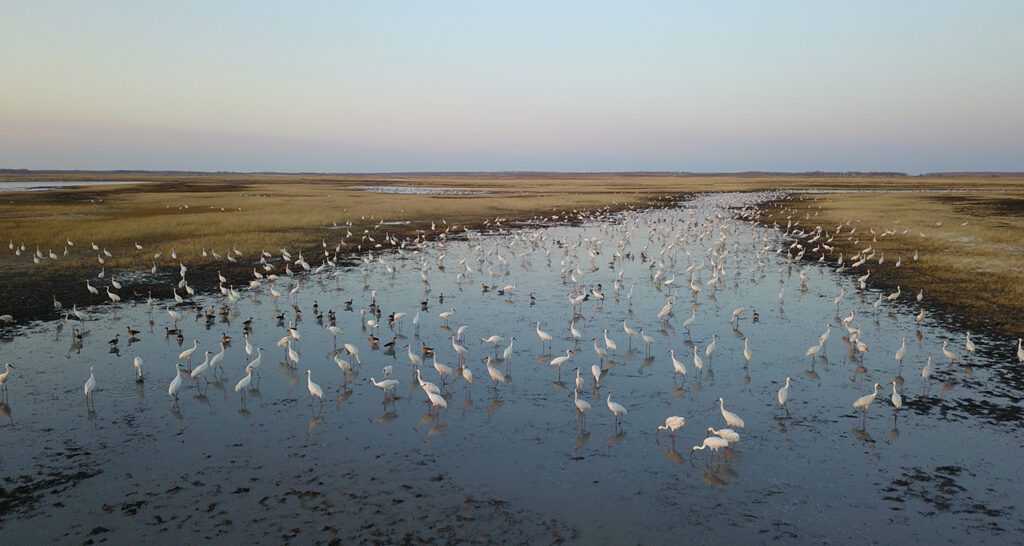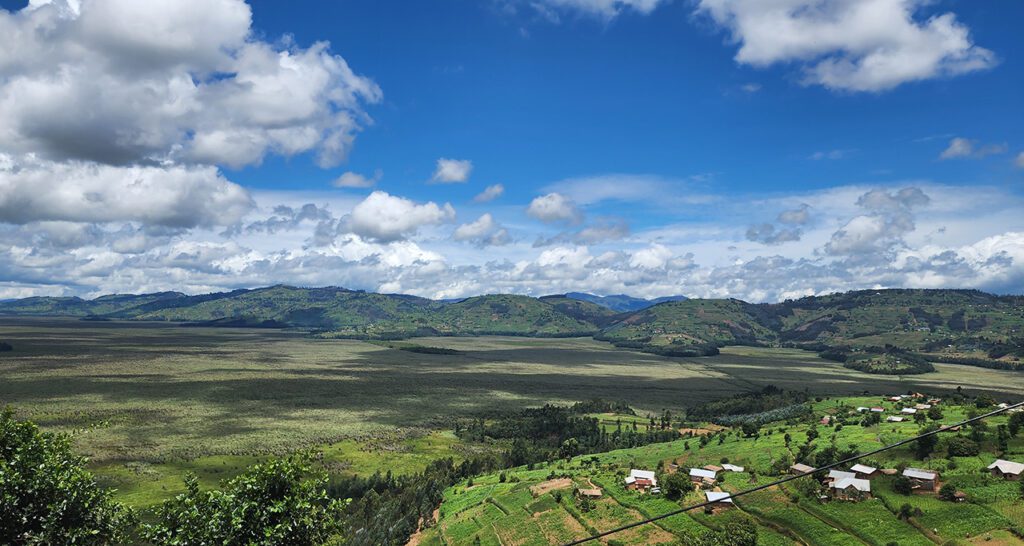Cranetivities – Nature Video Postcards
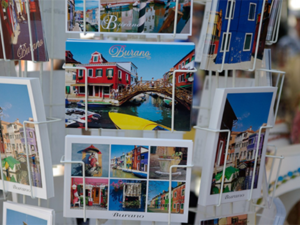
Activity description: When we take trips, we often find souvenir postcards at our location. These small cards, easy to drop in the mailbox, try to encompass the wonder of visiting destinations like parks, monuments and museums. Sometimes it is hard to encapsulate a place with just one image, and sometimes instead we can create video postcards. Video postcards take multiple videos from a place and combine them to capture the essence of the location. They usually only contain the natural sounds in the location instead of music or talking. They are a way to convey not just how it looks, but how it feels to be in that space. Most people are not doing a lot of traveling right now, but you can still ”travel” to places close to your home and send a video postcard to your friends and family in faraway places.
Grades: 9 to 12
Time estimate: 1 to 2 hours
Topics covered: Art, creativity and video editing
Materials needed: A phone with a camera, free video editing apps such as Adobe Premiere Clip, WeVideo or Quik. Alternatively, paper, pencils and colored pencils or markers.
Adult Involvement: Minimal
Indoor or Outdoor: Outdoor
Links:
Postcard from the International Crane Foundation, April 2020
Aransas National Wildlife Refuge Evening – Postcard From Texas
We’ll begin by watching a video postcard from the International Crane Foundation headquarters, filmed in April of 2020.
How did the video make you feel? Was it exciting, scary, thrilling or calm? Most likely, it made you feel relaxed. There were no fast movements in the video, there were bird songs in the background, and you could hear and see a gentle breeze blowing.
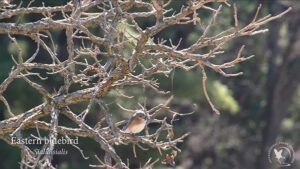
Just by showing us the natural world, this video tells us many things about this snapshot in time from the headquarters of the International Crane Foundation. The blooming flowers and birds on a backdrop of leafless tree branches and dead grass tell us what season it is – early spring. The light tells us that we are seeing the daytime, probably morning or early afternoon. At 10 seconds in, we can hear cranes calling in the distance, and that tells us exactly where we are.
Now let’s try a video postcard from somewhere over a thousand miles from the International Crane Foundation headquarters, the Aransas National Wildlife Refuge near Rockport, Texas. The refuge is the winter home of the Aransas-Wood Buffalo population of wild Whooping Cranes. Right now, it is September, and in October, the cranes will begin arriving back from their migration to this winter home.
Let’s watch this video postcard from Aransas.
Notice how this video is very different from the postcard from the International Crane Foundation, as it shows a whole new environment. What are some differences you see between the two videos?
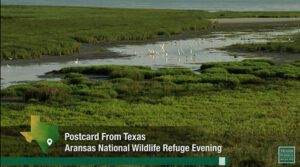
One of the differences is the season. In our headquarter’s video, it was early spring, and the grass and leaves on the trees had not yet returned. However, in the Aransas video, it is summer – all of the plants and flowers are lush and green. The first video shows the daytime, but the Aransas video shows the evening with its orange light, sunset and darkness at the very end. And each video shows different habitats. The International Crane Foundation video is filmed in the prairies of Wisconsin, while the Aransas video portrays mostly the wetlands and bays of south Texas.
Both videos may make you feel calm. The camera operator kept the camera steady. The animals move slowly, and plants move slightly in the wind. In the case of the Aransas video, the waves of the bay move slowly. These videos also showcase the biodiversity of their habitats, or the variety of plant and animal life found there.
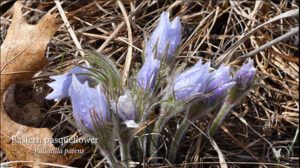
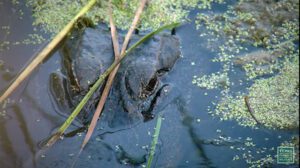
Now, it’s your turn! We’re going to focus on making a video postcard using a smartphone with filming capabilities. If you aren’t able to film, you may also draw your video postcard. It could be in distinct frames on the paper like this, similar to the different clips of the video:
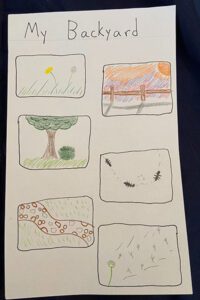
It could also be a collage of natural elements like a nature journal – see this previous Cranetivities for details. You will still be answering the same questions and focusing on images rather than words.
Remember that when it comes to video postcards, we will focus just on natural images and sounds so that we won’t be adding video or narration (talking over the video).
You’ll want to get outside and explore somewhere in nature. You could visit a nature preserve, a park or even your backyard. Spend about five to 10 minutes taking in the space and think of the elements of the video postcards we’ve watched. Remember that you’ll be capturing a snapshot of how it looks in that space right now, and how it feels to be in it.
Consider these questions, and how you could answer them just through your video:
• What season is it?
• What time of day is it?
• What plant life do you see around you?
• What animal life do you see? What is it doing?
• What non-living natural elements do you see, such as bodies of water, rock formations or a pathway?
• How do you feel being in this space? Do you feel calm, excited or happy?
And now, start filming or drawing. Decide whether you want to focus on one species at a time, like what is often portrayed in the International Crane Foundation postcard, or on large areas of habitat, as seen in the Aransas postcard. Each of these can answer different questions. A single species may answer what season it is. Some animals are only present in an area for a few months out of the year, and some plants only bloom in the spring or fall. A simple shot of a sunset or the moon may answer what time of day it is.
For example, this image is from the June edition of the postcard from the International Crane Foundation – note the lush greenery and the young deer, who would have been smaller, spotted fawns in the spring.
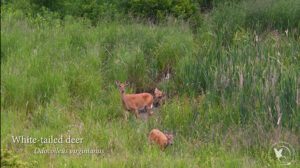
Once you have your video shots, you can edit them together using one of many free smartphone apps such as Adobe Premiere Clip, WeVideo or Quik. Some of these apps may allow you to add text, and for an extra challenge, try to identify as many plants and animals in your video as you can. The app “Seek” by iNaturalist can help identify these organisms for you. If you’ve drawn out your postcard, you can write down the species next to the plant or animal.
You may share your postcard with your family and friends. At a time when we may not be able to travel as much, a video postcard lets people enjoy snapshots of the natural world as if they were there. We would love to see your video or drawn postcard. Please share your creations with us by posting a video in the comments or messaging us on Facebook.
